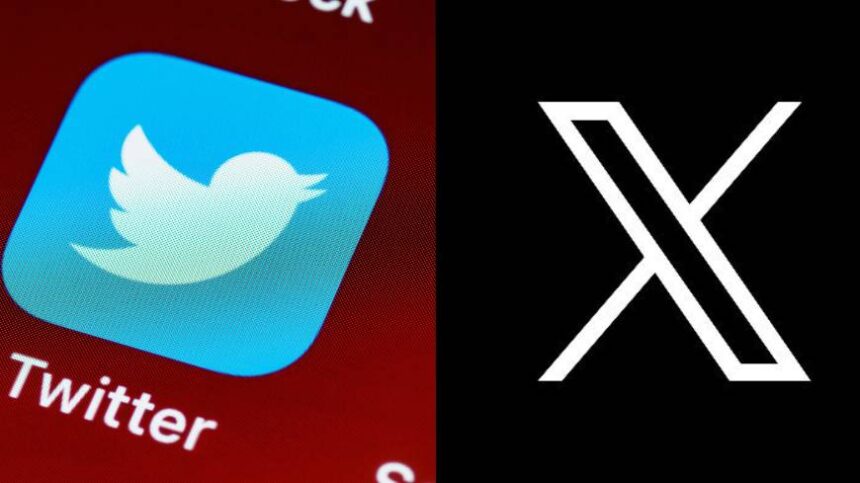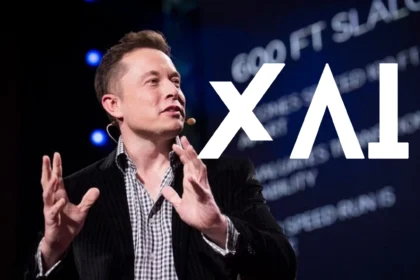Twitter’s Logo Rebranding: A Masterstroke or Branding Disaster? The news of billionaire Elon Musk replacing Twitter’s iconic tweeting blue bird logo with an Art Deco-style X left many surprised and skeptical. With a recognized brand and substantial brand capital, why would he throw it all away and start from scratch? In the short-term, it seems strange, but could this rebranding prove to be a successful move in the long term?
Twitter’s Struggles Under Musk’s Leadership
Since Elon Musk took over Twitter, the platform has faced numerous challenges. Advertising revenue has plummeted, as major brands withdrew due to concerns about the changes Musk implemented, such as handling verified accounts and moderating content. Layoffs and unpaid bills further tarnished the company’s image, resulting in negative press and legal battles. Fidelity estimates that Twitter’s value has decreased to just a third of the amount Musk paid for it. Brand Finance reports that the company’s brand value has declined by 32%, attributing it to Musk’s aggressive business approaches.
The Potential of Rebranding
Rebranding can pay off, especially for troubled companies seeking to change direction. Studies indicate that over half of publicly listed companies experienced positive returns after rebranding. Given Musk’s aspiration to transform Twitter into an “everything app” similar to China’s WeChat, this rebranding might be timely. WeChat serves as a multi-functional app, offering social messaging, money transfers, ride-hailing, hotel booking, and gaming. The strategic re-direction of Twitter could benefit from this much-needed rebranding, according to marketing experts.
The Risk and Challenges
However, rebranding can become riskier when a company is in turmoil. Twitter’s social media competitors, such as Mark Zuckerberg’s Threads, are eager to fill the void and attract disheartened Twitter users. Critics argue that this rebranding could confirm users’ fears that the acquisition by Musk signifies the end of the Twitter they once knew. Some experts claim that Twitter’s problems are rooted in leadership issues rather than branding or identity problems.
Musk’s Vision and Its Feasibility
Elon Musk envisions broadening Twitter’s branding to propel the company beyond its renowned short text posts. He aims to create an “everything app,” offering diverse functions to users. However, analysts express doubts about the feasibility of this vision’s success. Forrester Research points out that tech giants like Google and Apple already provide super app-like functions to billions of users, while regulatory hurdles and fierce competition hinder other companies’ opportunities. The success of WeChat in China is attributed to unique circumstances and technical limitations, which do not necessarily apply to Twitter’s situation.
Challenges in Making “X” Successful
For Twitter’s rebranding to succeed, it must attract a broader user base beyond its core users in media, politics, and finance. This poses a significant challenge, as Twitter’s appeal has traditionally been centered around its core user groups. Harvard Business School professor Andy Wu emphasizes the need for change and risk-taking, suggesting that Twitter’s difficulties existed even before Musk’s takeover.
Twitter’s Logo Rebranding: A Masterstroke or Branding Disaster?
Elon Musk’s decision to rebrand Twitter with the Art Deco-style X remains a topic of debate among experts. While some see potential in the rebranding, others view it as a risky move, especially considering the company’s current challenges and fierce competition in the social media landscape. Time will tell whether the “X” rebranding will prove to be a masterstroke that rejuvenates Twitter’s fortunes or a branding disaster that exacerbates its woes. As Twitter embarks on this bold rebranding journey, only the future will reveal its ultimate fate in the dynamic world of social media.




